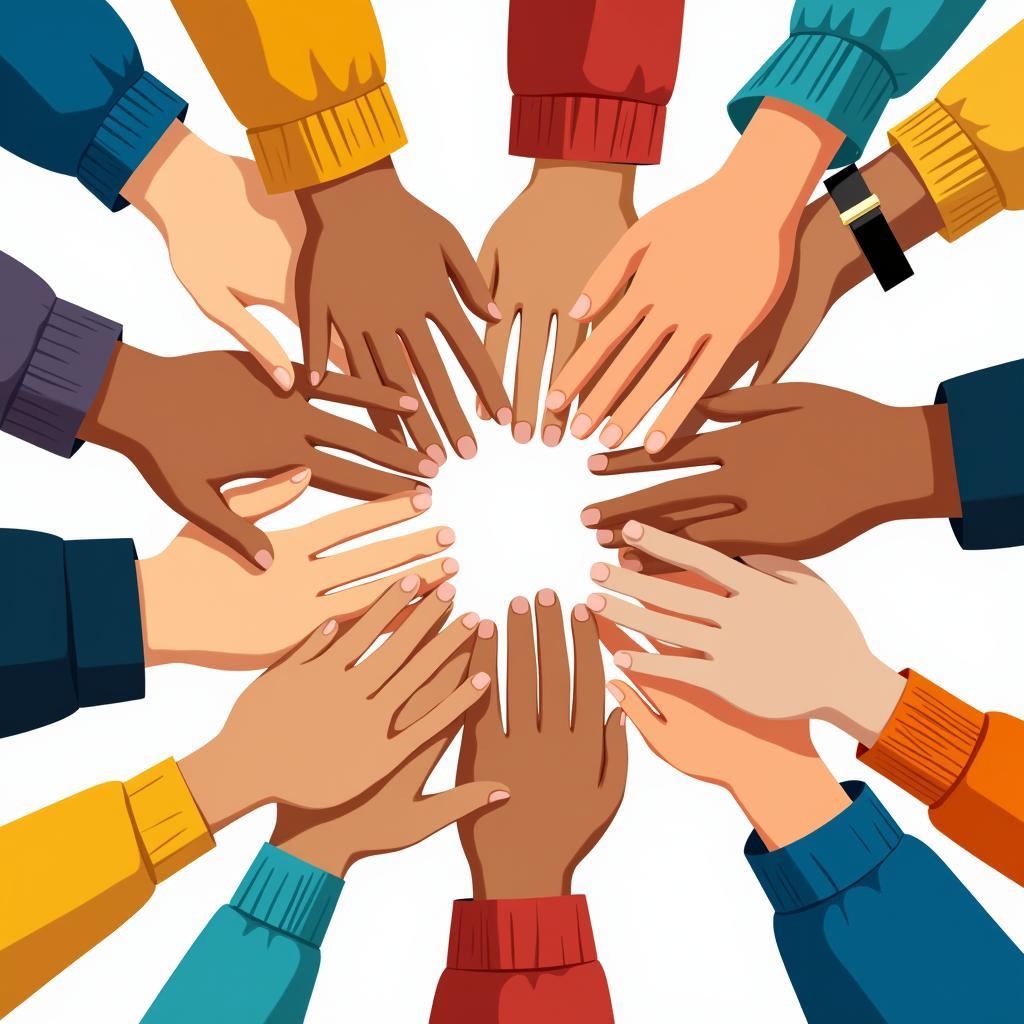The ASEAN philosophy encompasses the core principles and values that guide the Association of Southeast Asian Nations. These shared beliefs, forged over decades of cooperation, underpin the region’s pursuit of peace, prosperity, and unity. This article delves into the key tenets of the ASEAN philosophy, exploring its historical evolution and contemporary relevance.  ASEAN Philosophy: Unity in Diversity
ASEAN Philosophy: Unity in Diversity
Key Pillars of the ASEAN Philosophy
The ASEAN philosophy rests on several interconnected pillars. Central to this philosophy is the principle of non-interference in the internal affairs of member states. This respect for sovereignty allows each nation to pursue its own development path while collaborating on shared goals. Mutual respect and consensus-building are also crucial, fostering a spirit of cooperation and compromise. The ASEAN Way, as it’s often called, emphasizes informal consultations and dialogue over formal dispute resolution mechanisms. This approach recognizes the cultural nuances and sensitivities within the region.
The Evolution of the ASEAN Philosophy
The ASEAN philosophy has evolved significantly since the organization’s inception in 1967. Initially focused on political and security cooperation, the philosophy has broadened to encompass economic, social, and cultural dimensions. The signing of the Treaty of Amity and Cooperation in Southeast Asia in 1976 formalized the principles of peaceful coexistence and non-aggression. Later agreements, such as the ASEAN Charter in 2007, further solidified the organization’s commitment to democracy, human rights, and the rule of law.
ASEAN Philosophy in Action: Real-World Examples
The ASEAN philosophy isn’t just a set of abstract principles; it manifests in concrete actions and initiatives. The ASEAN Free Trade Area (AFTA) is a prime example of how the philosophy translates into economic cooperation, promoting regional integration and prosperity. Similarly, the ASEAN Socio-Cultural Community aims to foster a shared identity and address common challenges in areas such as education, health, and environmental protection. ASEAN’s response to regional crises, such as the Asian financial crisis and natural disasters, demonstrates the organization’s ability to work together in times of need.
How Does the ASEAN Philosophy Impact its Members?
The ASEAN philosophy has a profound impact on its member states, shaping their foreign policies and domestic priorities. It promotes regional stability by encouraging peaceful conflict resolution and discouraging the use of force. The philosophy also fosters economic growth by facilitating trade and investment within the region. ase do brasil Moreover, it contributes to social and cultural development by promoting dialogue and exchange among member states.
Challenges and Future Directions
Despite its successes, the ASEAN philosophy faces ongoing challenges. The diverse political systems and economic development levels within ASEAN can sometimes hinder consensus-building. External pressures and geopolitical tensions also pose risks to regional stability. Looking ahead, ASEAN must continue to adapt its philosophy to address emerging challenges, such as climate change, cybersecurity, and the rise of new technologies. aseli Strengthening regional institutions and mechanisms will be crucial to ensuring the effectiveness of the ASEAN philosophy in the years to come.
Conclusion
The ASEAN philosophy provides a framework for cooperation and integration within Southeast Asia. By adhering to the principles of mutual respect, non-interference, and consensus-building, ASEAN has achieved significant progress in promoting peace, prosperity, and unity. asea dishwashers While challenges remain, the ASEAN philosophy remains a vital compass guiding the region towards a shared future.
Expert Insights:
- Dr. Anya Sharma, Southeast Asian Studies Expert: “The ASEAN philosophy is a remarkable example of how diverse nations can come together to achieve common goals.”
- Mr. Kenji Tanaka, International Relations Analyst: “The ASEAN Way, with its emphasis on consensus and dialogue, has played a key role in maintaining regional peace and stability.”
FAQ:
- What is the core principle of the ASEAN philosophy?
- How has the ASEAN philosophy evolved over time?
- What are some examples of the ASEAN philosophy in action?
- What are the main challenges facing the ASEAN philosophy?
- How does the ASEAN philosophy contribute to regional stability?
- What is the role of consensus-building in the ASEAN philosophy?
- What are the future directions of the ASEAN philosophy?
Further Exploration:
- Learn more about ASEAN’s economic initiatives.
- Explore the history of ASEAN’s political and security cooperation.
- Discover ASEAN’s cultural and social programs. ase design pvt ltd ase cuanto no tenes
Need Support?
Contact us 24/7:
Phone: 0369020373
Email: aseanmediadirectory@gmail.com
Address: Ngoc Lien Village, Hiep Hoa, Bac Giang, Vietnam.
We have a dedicated customer support team ready to assist you.

